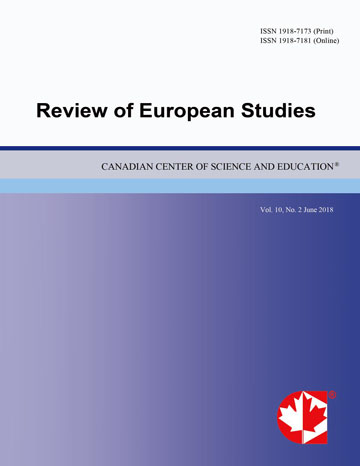Human Security Assessment in Kenya—The Case of Isiolo, Lakipia, Nandi and Elgeyo Marakwet Counties (Note 1)
- Asfaw Kumssa
- Tabitha W. Kiriti-Nganga
Abstract
While human security concerns are critical in sub-Saharan Africa, initiatives to incorporate a human security orientation in development policies and planning are still rare. A human security approach to development requires the identification and integration of the needs of the vulnerable groups into development strategies of a country. A human security assessment is an effective tool for identifying threats to sustainable development and the factors that cause vulnerability of communities due to their geographic, demographic, and socio-cultural differences, and variations in the nature of institutions for development in their communities. This study presents the findings of a human security assessment conducted in four counties (Isiolo, Laikipia, Elgeyo Marakwet and Nandi) of Kenya. The assessment focuses on human security concerns arising from poverty, environmental degradation, political and human conflicts, health related problems, among others. Following an assessment and analysis of the human security threats in each of these counties, the study proposes intervention strategies that would reduce vulnerability and enhance human security among marginalized and disadvantaged groups in the target counties.
- Full Text:
 PDF
PDF
- DOI:10.5539/res.v8n3p156
Index
- ACNP
- CNKI Scholar
- DTU Library
- Elektronische Zeitschriftenbibliothek (EZB)
- EuroPub Database
- Excellence in Research for Australia (ERA)
- Genamics JournalSeek
- Google Scholar
- Harvard Library
- HeinOnline
- Infotrieve
- JournalTOCs
- Mir@bel
- Open policy finder
- RePEc
- ResearchGate
- ROAD
- Scilit
- Technische Informationsbibliothek (TIB)
- The Keepers Registry
- Universe Digital Library
- WorldCat
Contact
- Paige DouEditorial Assistant
- res@ccsenet.org
